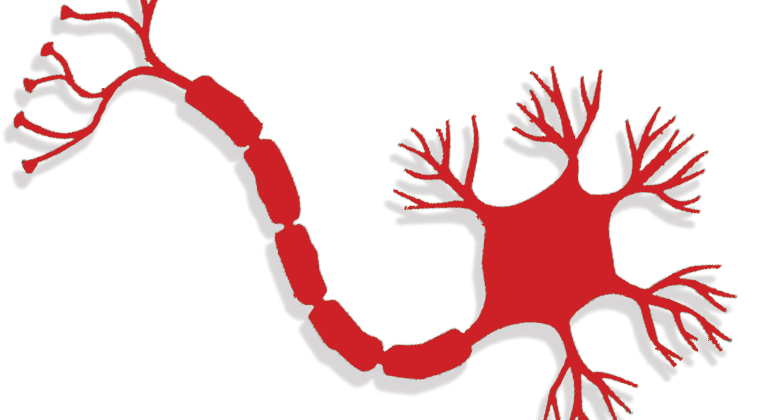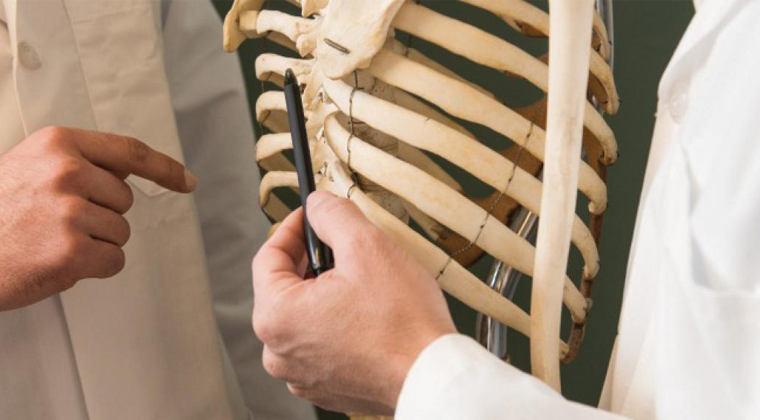Radiofrequency Ablation
What is the purpose of this procedure?
A medial branch ablation uses heat to damage the medial branch nerves that carry pain signals in the facet joints of your spine. The facet joints are the joints between vertebrae in the spine from the neck to the low back. They allow the spine to bend, flex, and twist. They are also a common source of inflammation (arthritis) and pain. Damaging the medial branch nerves prevents the pain signal from travelling through them and should provide pain relief for several months. Eventually the nerves may grow back and the procedure may need to be repeated.
What are the risks associated with this procedure?
The risks are infrequent. They include:
• Allergic reaction to medication
• Nerve damage (spinal cord and nerve roots)
• Bleeding and bruising at the injection site
• Infection
• In some cases, no improvement or worsening of your pain
Some additional infrequent risks include puncture of the sac around the spinal cord (dura) and puncture of the lung (in the chest area). Occasionally temporary inflammation of a nerve may result in painful but temporary sensitivity to touch (cutaneous dysesthesias).
How should I prepare for the procedure?
• You must have a driver with you at the time of check-in and check-out. Your driver must accompany you to the clinic for your procedure. You can be discharged only to the care of a responsible adult driver 18years of age or older.
• Since you will be receiving sedation, it is important that you do not eat within 6 hours before the procedure. Small amounts of clear liquids are ok up to 2 hours before the procedure. If you are a diabetic, be sure to discuss an eating and medication schedule with your doctor.
• You may need to stop taking certain medications several days before the procedure. Please remind the doctor of all prescription and over-the-counter medications you take, including herbal and vitamin supplements. The doctor will tell you if and when you need to discontinue the medications.
• It is very important to tell the doctor if you have asthma or had an allergic reaction to the injected dye for a previous radiology exam (CT scan, angiogram, etc.). An allergic reaction has symptoms such as hives, itchiness, difficulty breathing, or any treatment which required hospital stay. The doctor may prescribe medications for you to take before having the procedure.
• Tell the doctor if you develop a cold, fever, or flu symptoms before your scheduled appointment, or if you have started taking antibiotics for an infection
What will happen during the procedure?
The procedure is performed on an outpatient basis in a special procedure room equipped with a fluoroscope (x-ray). In the pre-procedure area, the nurse or doctor places an IV line. This is used for fluids and sedation.
- For your safety and comfort, when you get to the procedure room you will be connected to monitoring equipment (EKG monitor, blood pressure cuff, and blood oxygen monitoring device), and positioned on your stomach.
- Your back is cleansed with an antiseptic soap and the doctor injects numbing medicine into your skin and tissue. This will cause a burning sensation for a few seconds.
- After the numbing medicine takes effect, the doctor inserts another needle with the assistance of a special x-ray machine called a fluoroscope at each level of nerve to be ablated (damaged).
- Once the needles are in place, low levels of electrical stimulation are applied to the needles. You will feel a buzzing or thumping sensation and you will be asked where you feel it.
- Once the testing is completed, the doctor puts local anesthetic through the needles to numb the area. Then the radiofrequency ablation occurs. The radiofrequency causes the tissue around the nerve to heat up. You may feel some mild pain or heat at each level during this process.
What should I expect after the procedure?
• Your back or neck will probably be very sore for the next week or so. Muscle spasms and nerve irritation usually cause this pain while the medial branch nerves die back from the radiofrequency lesion. You should expect pain relief 2–6 weeks after the procedure.
• Occasionally some people experience increased pain following the procedure for around 3 months. This occurs from increased nerve irritation when the nerve is partially, rather than completely, damaged. It is usually treated with specific medicines and gets better in a few months. It is more common in the neck than in the mid and low back, especially at higher levels (C2–C3) of the neck.
• Your back or neck may feel slightly weak after the procedure. Do not drive for the rest of the day. You may resume your usual activities including work the next day.
• The nerves can grow back over a period of months eventually causing the pain to return. If this happens the procedure can usually be repeated.
Content supplied by:
Ronald Wasserman, M.D.
1.29.2020
Disclaimer: This document contains information and/or instructional materials developed by Michigan Medicine for the typical patient with your condition. It may include links to online content that was not created by Michigan Medicine and for which Michigan Medicine does not assume responsibility. It does not replace medical advice from your healthcare provider because your experience may differ from that of the typical patient. Talk to your healthcare provider if you have any questions about this document, your condition or your treatment plan. Patient Education by Michigan Medicine is licensed under a Creative Commons Attribution-NonCommercial-ShareAlike 3.0 Unported (CC BY-NC-SA 3.0) License. Last Revised 06/2018.



